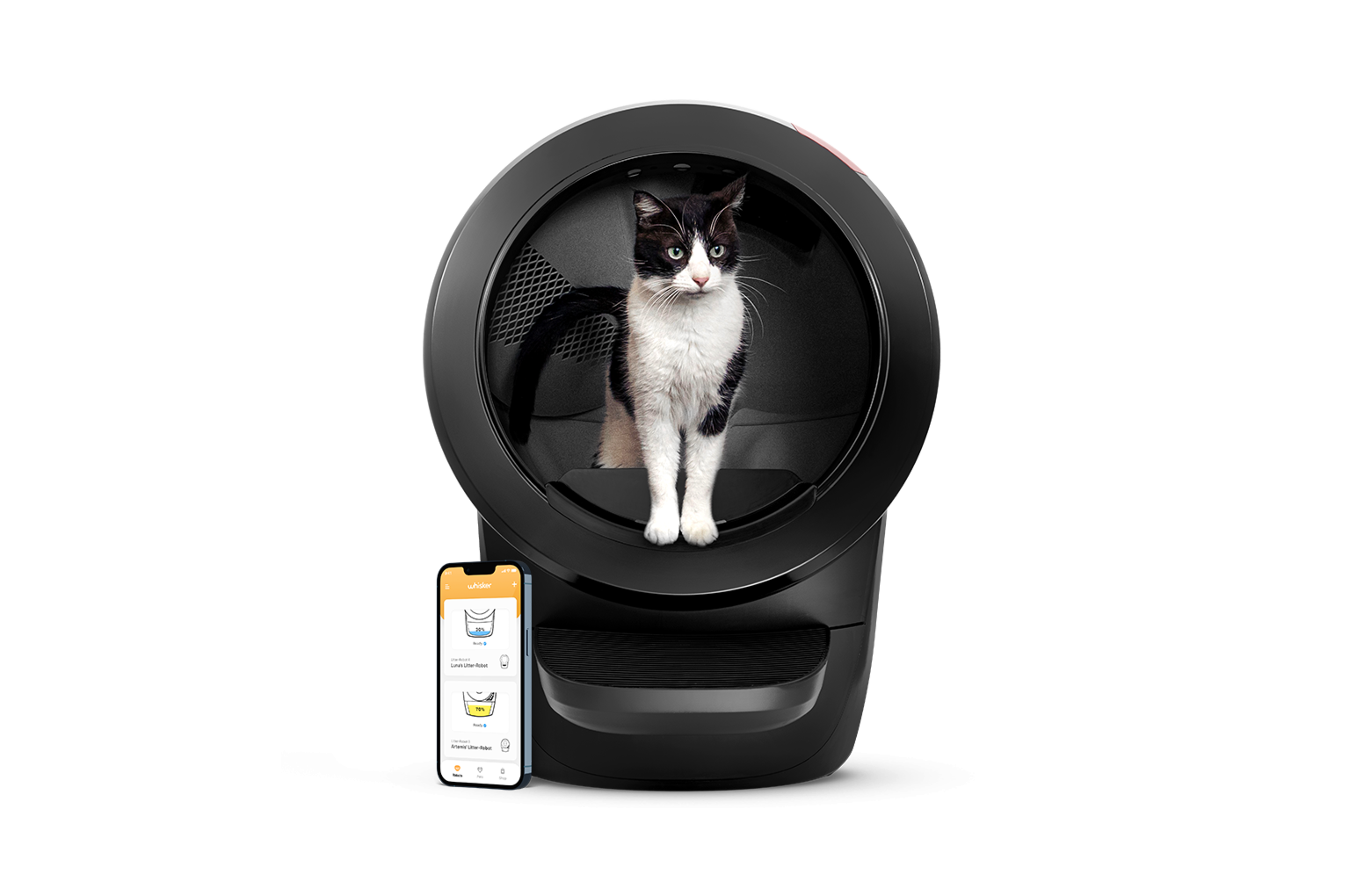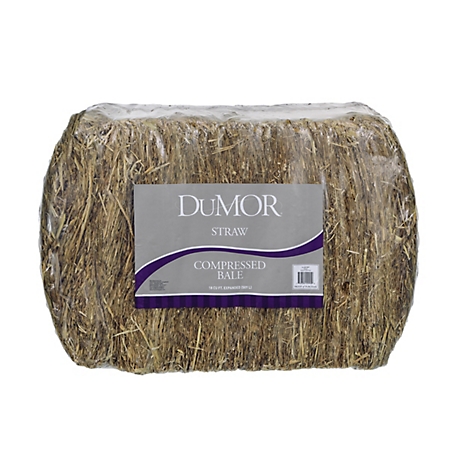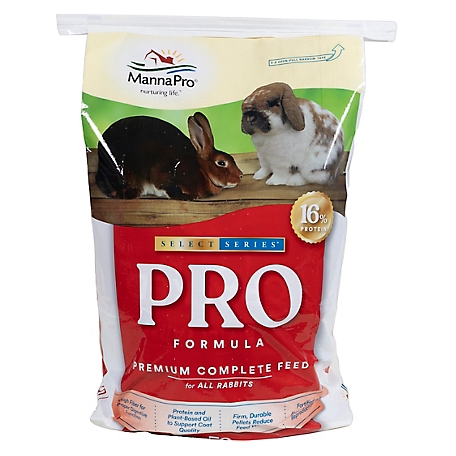Little Green® Portable Carpet Cleaner – 1400B
Not every pet mess calls for a full-size carpet cleaning machine. Use BISSELL® Little Green® portable upholstery and carpet cleaner to spray, scrub, and lift away those smaller messes, like dirt and stains, from all types of surfaces. It has powerful suction to easily remove dirty paw prints from carpets and stairs, plus it works on car interiors, too!
Not every pet mess calls for a full-size carpet cleaning machine. Use BISSELL® Little Green® portable upholstery and carpet cleaner to spray, scrub, and lift away those smaller messes, like dirt and stains, from all types of surfaces. It has powerful suction to easily remove dirty paw prints from carpets and stairs, plus it works on car interiors, too!
Little Green® portable deep cleaner is lightweight so you can use it almost anywhere. And this product doesn’t just clean up after pets, it helps save them! BISSELL proudly supports BISSELL Pet Foundation® and its mission to help save homeless pets. When you buy a BISSELL® product, you help save pets, too. We’re proud to design products that help make pet messes, odors and pet homelessness disappear.
- Every Purchase Saves Pets™. BISSELL proudly supports BISSELL Pet Foundation® and its mission to help save homeless pets.
- Removes Spots & Stains. Lift away messes from carpets, upholstery, car interiors and more.
- Strong Spray & Suction. Remove tough pet stains with strong spray an suction.
- Large Tank Capacity. 48 oz. tank means you can clean more between refills.
- Tools & Formula Included. Comes with 3″ Tough Stain Tool, HydroRinse™ Self-Cleaning Hose Tool and an 8 oz. trial-size Spot & Stain with Febreze Freshness formula.
Additional information
| Color | Green |
|---|---|
| Weight | 9.65 lbs |






Reviews
There are no reviews yet.